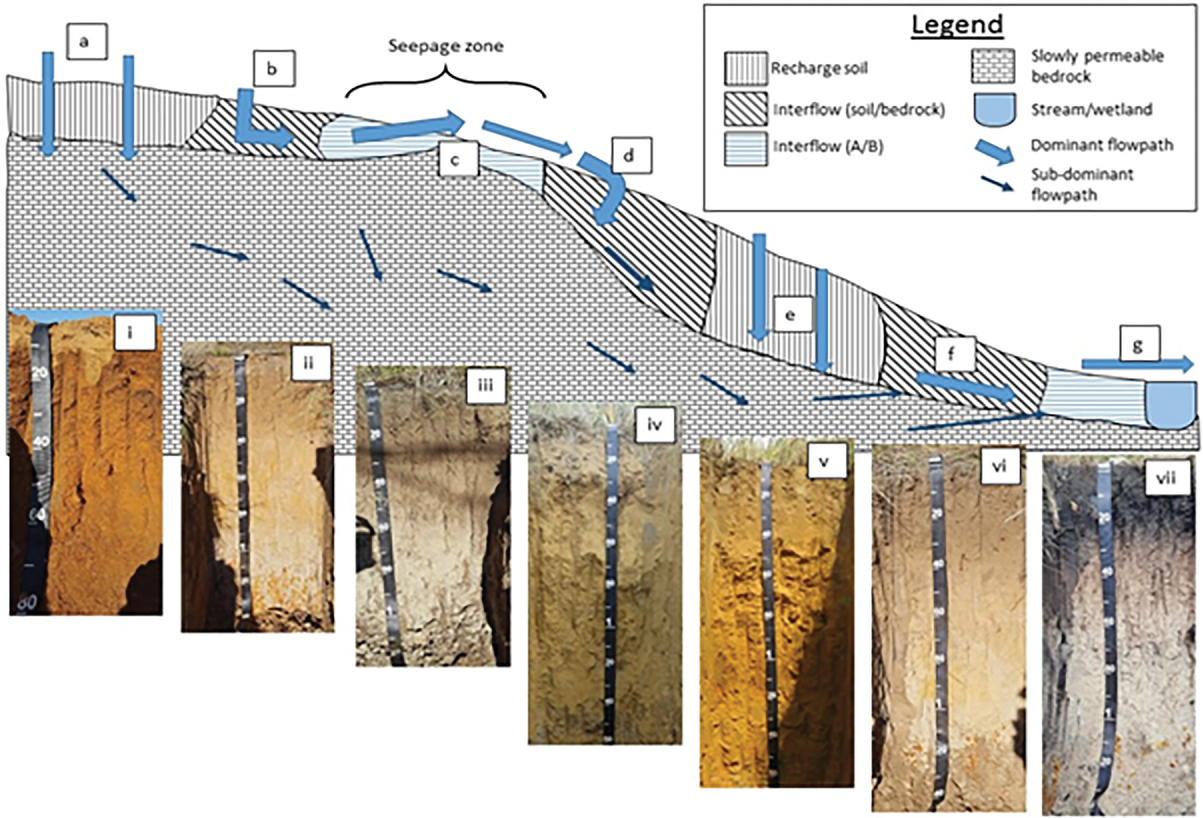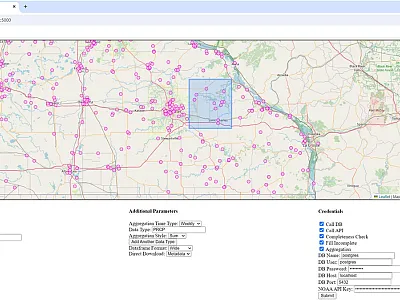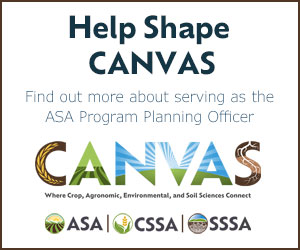Linking Hydropedology to the UN Sustainable Development Goals

Sustainable development has long been a vague concept allowing many interpretations. But in 2015, 193 countries approved 17 United Nations Sustainable Development Goals (SDGs), providing clarity. The scientific community has been slow to react to this development, and concerns about lagging implementation provide a fresh impulse for the research community to address targets and indicators of various SDGs. This focus will serve to better connect science and policy.
A paper published in Vadose Zone Journal argues that the application of hydropedology, which combines soil pedology and soil physics and hydrology, is more effective than contributing separate disciplinary expertises to SDG analysis. Soil moisture and regional hydrological regimes are crucial elements for producing healthy crops, protecting water quality, mitigating climate change, and preserving biodiversity—all elements of key SDGs. Recent developments in proximal soil mapping and innovative scanning and modeling techniques can provide rapid and relatively cheap hydropedology data to interdisciplinary programs with an SDG focus.
Sustainable development has environmental, social, and economic dimensions, and the paper suggests soil scientists embrace concepts linking their research to both stakeholders and policy areas. The latter has been successful in South Africa, where hydropedology maps are now required for land use planning. Overall, linking hydropedology with the SDG conversation will contribute to the goals’ success.
Adapted from
Bouma, J. (2023). The role of hydropedology when aiming for the United Nations Sustainable Development Goals. Vadose Zone Journal, e20269. https://doi.org/10.1002/vzj2.20269
Text © . The authors. CC BY-NC-ND 4.0. Except where otherwise noted, images are subject to copyright. Any reuse without express permission from the copyright owner is prohibited.







